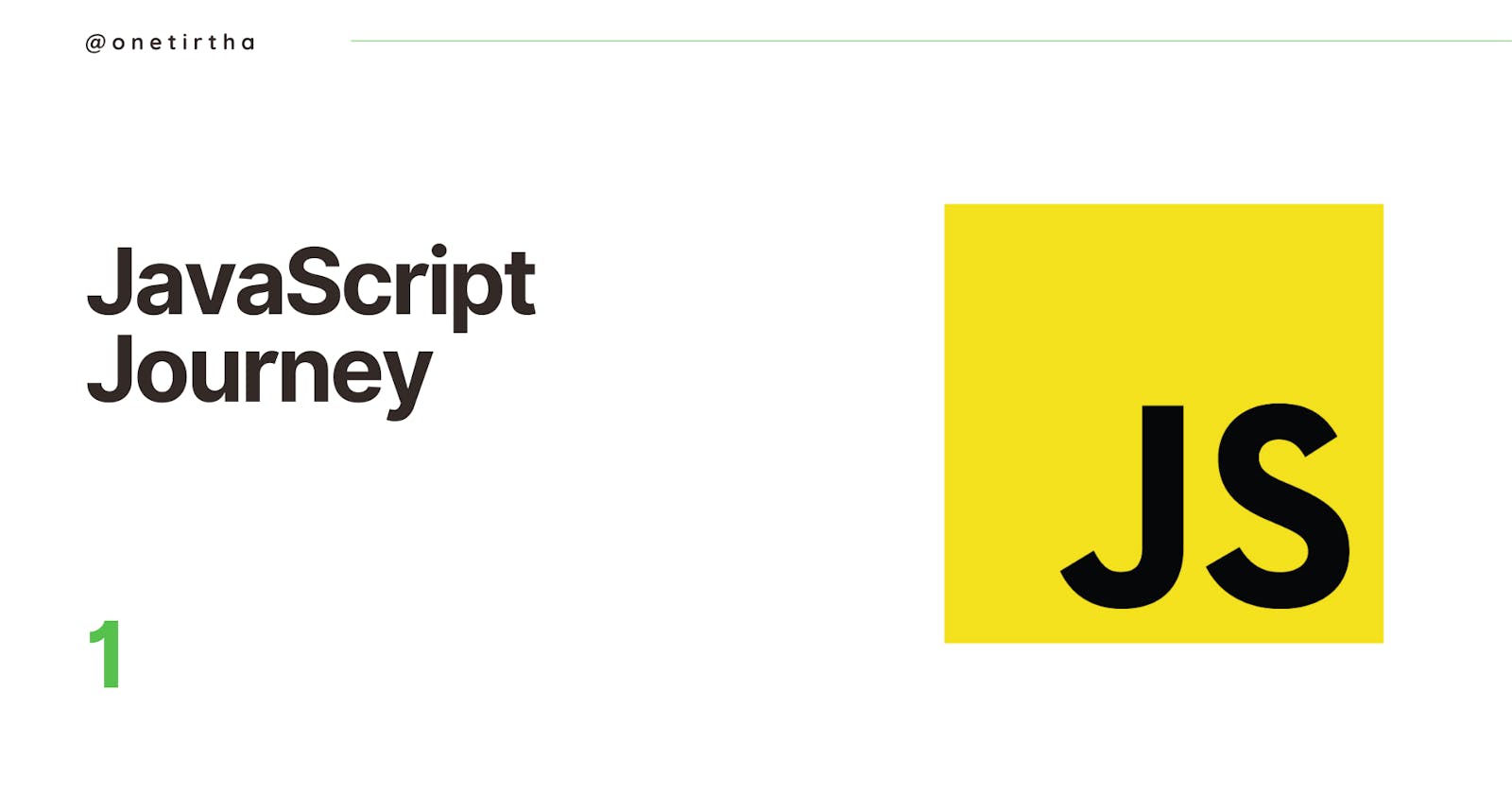Table of contents
Warm Merry Christmas to You.

I started learning JavaScript two days back. I am referring to this awesome resource by Vinod Bahadur Thapa, founder of Technical Thapa YouTube channel. It's a complete hands-on course on JavaScript.
Till now I have studied and am assimilating the basics of JavaScript syntax like displaying an output, operators, initialization, functions, function expressions, anonymous function, control flow statements, if-else shorthand method, ECMAScript features, etc.
It's syntax is extremely similar with C,C++ and Java.
I'm approaching learning JavaScript and any other language (presently HTML,CSS with a view to understand the MERN stack and a bit of Python) in a way so as to build and sharpen programming logic, which is fun. Yes, many languages at a time but I am managing my learning journey in such a way so as to not feel overwhelmed. One more element of my learning approach is to understand the entire high-level overview first. I love the top-down approach and not bottom-up. I'm learning stuff in a time-bound way, not rigid however, so as to work in an excellent, generous, loving, international remote culture. Ofcourse a great pay is what I'm developing myself for, like everyone but I'm training myself more to enjoy problem-solving, increasing depth of skill (credits:Tanay Pratap), creating a portfolio of useful projects which hold meaning to me as well as to the company and having fun big time! An excellent pay must become a sure by-product. One more insight popped up in my journey, which is to prepare interview-readiness-fully! An interview involves answering conceptual questions, solving coding problems live and showcasing projects
Key points:
Having fun!
Preparing interview-readiness-fully
Gaining a high-level overview first, the top-down way
Build and sharpen programming logic
Having fun solving problems
Building depth of skill
Creating a portfolio of useful projects
In this program, I tested my understanding of switch-case-break control flow to solve a problem on multiplication tables. The switch statement takes the input and launches a programming logic corresponding to each case statement (the varying values of a variable), in this case specific multiplication tables. Let me illustrate very simply and playfully:
Illustration

Each input is likened to a colour and when that input is passed to the switch statement, it launches the multiplication table for-loop for the specific number input and then breaks out of the switch-case logic.

The syntax is as follows:
switch(expression)
{
case some_thing:
run some_code;
break;
case some_other_thing:
run some_other_code;
break;
}
Please pardon and educate me if I have any flaw in the above text, code and illustration work.
Conclusion
That's it for this blog post. I will come up with more content onwards in this journey. Thanks for reading through. I hope You enjoyed reading as much as I enjoyed creating this piece of work!
You can view my growing repository here:
